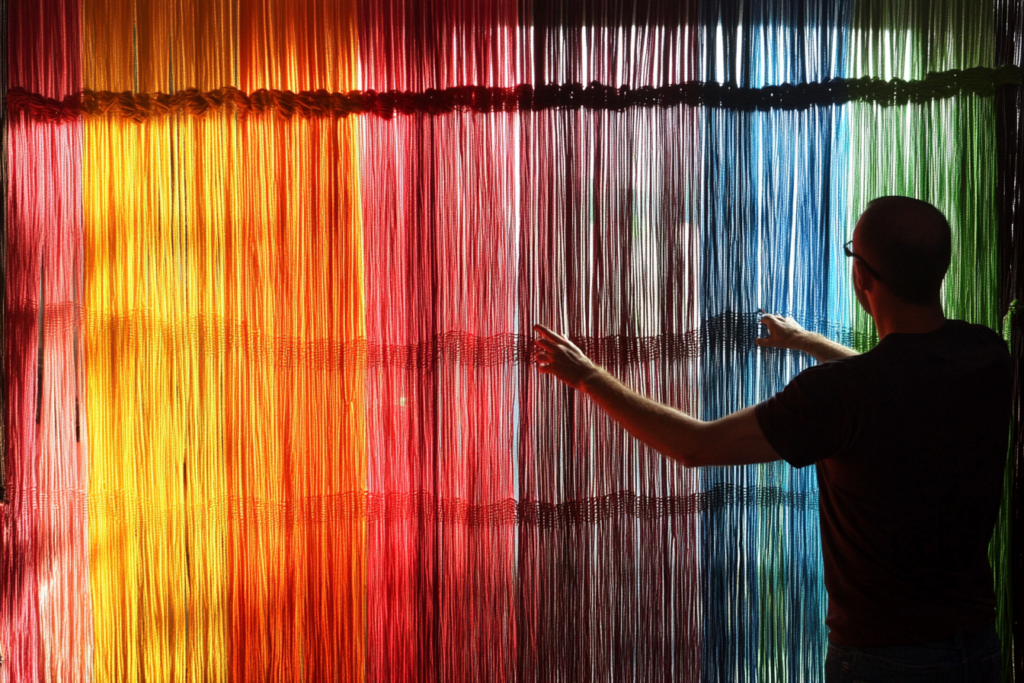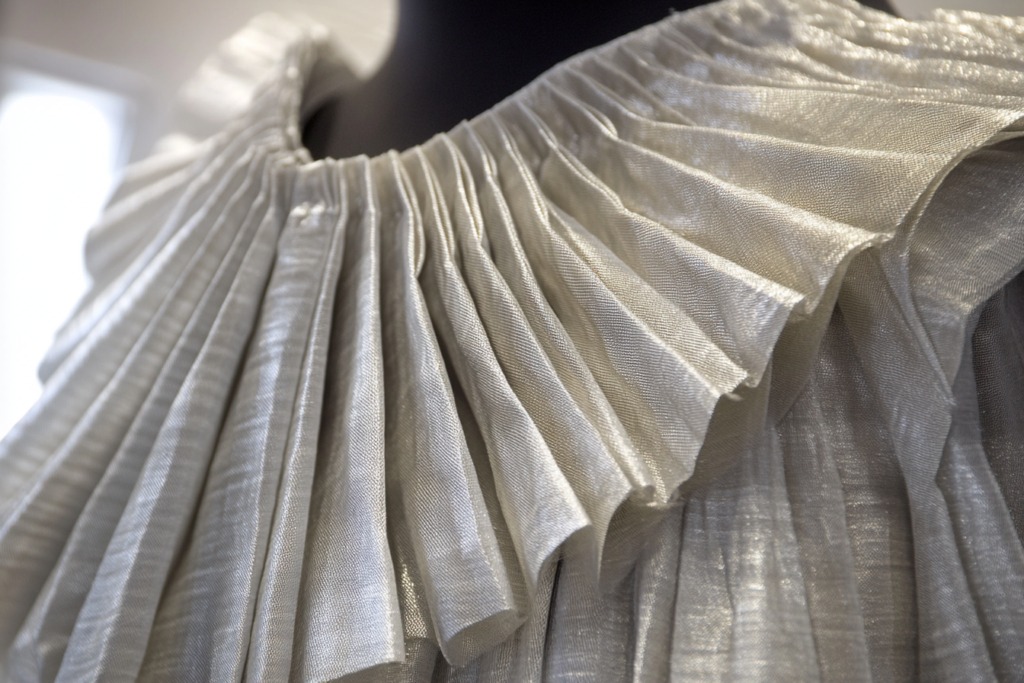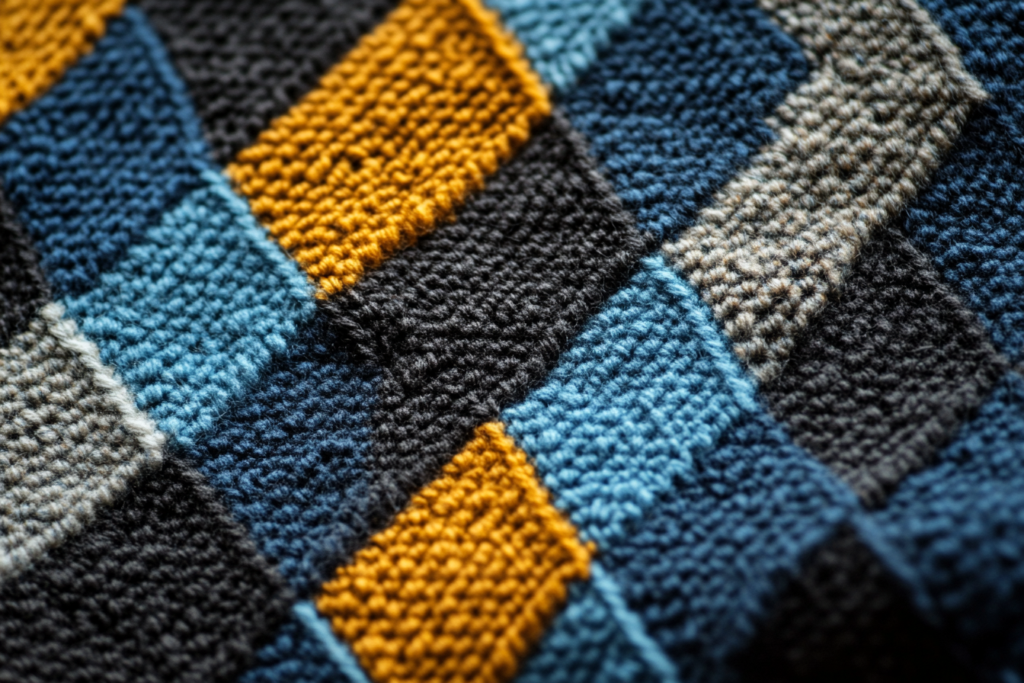Warp: The Essential Component of Woven Fabrics
Meta Description: Learn about warp yarns, the vertical threads in woven fabrics that provide strength and structure. Discover their role in fabric construction and applications in denim, twill, and more.
What is Warp?
Warp refers to the vertical yarns in woven fabrics, running from top to bottom (or lengthwise). These yarns are crucial for the structure and strength of the fabric. The warp yarns are held under tension on a loom, where they are interwoven with weft yarns, which run horizontally, to form the fabric.
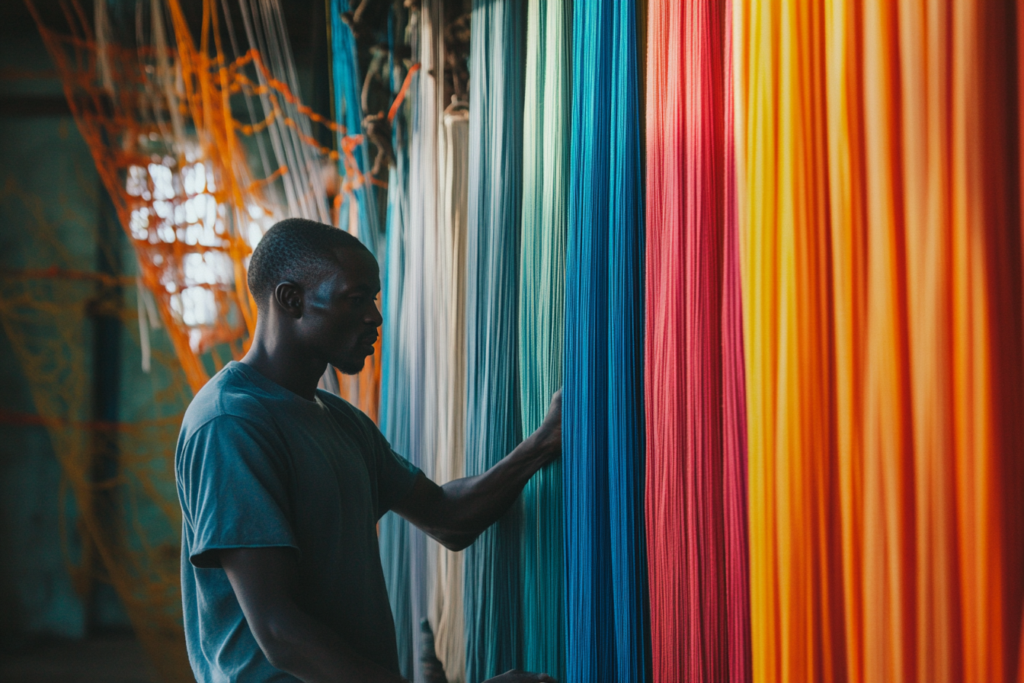
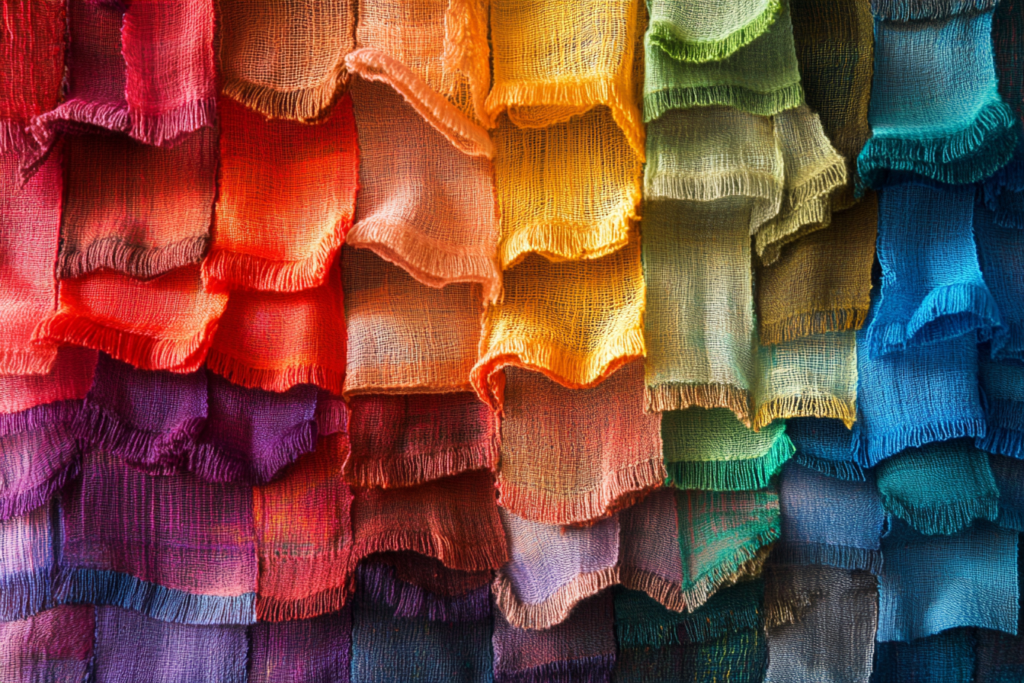
📌 Key Characteristics of Warp Yarn:
- Vertical Orientation: The warp yarns run vertically in the fabric, from one edge to the other.
- Stronger and Tighter: Warp yarns are typically stronger because they endure tension during the weaving process, contributing to the fabric’s durability.
- Supportive Role: Warp yarns provide the framework for the fabric, supporting the weft yarns that cross through them.
The Weaving Process: Warp and Weft Interaction
📌 The Role of Warp in Weaving
- In the weaving process, the warp yarns are stretched vertically on a loom, while the weft yarns are inserted horizontally. The warp yarns create the framework for the fabric, while the weft yarns provide the texture, flexibility, and finish.
📌 Weaving Patterns Using Warp and Weft
- Common weaving patterns, such as plain weave, twill weave, and satin weave, rely on the interlacing of warp and weft yarns to create distinct textures and strengths in the fabric.
Types of Fabrics with Warp Yarns
📌 Common Fabrics Made with Warp Yarns
- Denim: A sturdy fabric made by weaving warp yarns dyed in indigo with undyed weft yarns. Denim is durable, which is why it’s perfect for jeans and jackets.
- Twill: This fabric features a diagonal weave pattern. Warp yarns pass over two or more weft yarns, creating the distinctive diagonal texture seen in pants, jackets, and uniforms.
- Satin: This luxurious fabric uses warp yarns that pass over fewer weft yarns, giving it a shiny and smooth surface ideal for formal wear and evening gowns.
- Canvas: Known for its strength and durability, canvas uses tightly woven warp yarns and is often used for bags, tents, and outdoor gear.
Key Features and Functions of Warp Yarns
📌 Strength and Durability
- Warp yarns are placed under tension during the weaving process, making them inherently stronger. This contributes to the fabric’s ability to withstand wear and tear. Fabrics like denim and twill rely on the strength of warp yarns to ensure longevity.
📌 Structure and Stability
- Warp yarns form the foundation of the fabric, helping it maintain its shape. They provide stability and structure, preventing the fabric from becoming too soft or unstable.
📌 Flexibility and Comfort
- While weft yarns add flexibility, warp yarns ensure that the fabric still holds its shape. Fabrics like stretch denim or activewear combine strong warp yarns with elastic weft yarns to ensure comfort and performance.
Applications of Warp Yarns in Textiles
📌 Fashion and Apparel
- Denim, twill, and satin are some of the most popular fabrics using warp yarns. These fabrics are used in everything from casual wear (like jeans) to formal attire (such as suits and evening gowns), thanks to the strength and versatility of warp yarns.
📌 Home Textiles
- Warp yarns are found in curtains, upholstery, and bedding, where their strength ensures that the fabric lasts through regular use while also providing a comfortable and attractive finish.
📌 Outdoor and Sports Gear
- In outdoor gear such as tents, backpacks, and sportswear, warp yarns are used to create durable, long-lasting fabrics that can endure tough conditions while remaining flexible and comfortable.
Illustration of Warp Yarn in Fabric Construction
Here is an illustration that shows how warp yarns are arranged vertically in the fabric, interacting with weft yarns that move horizontally across the fabric to create various weaving patterns.

Conclusion: The Critical Role of Warp in Fabric Structure
Warp yarns are an essential part of woven fabrics, providing the strength, structure, and stability that ensure durability. From denim to twill and satin, warp yarns play a critical role in the performance and aesthetic of textiles. Understanding the importance of warp yarns helps to appreciate how they contribute to the quality, comfort, and longevity of garments and fabrics used in various industries.
